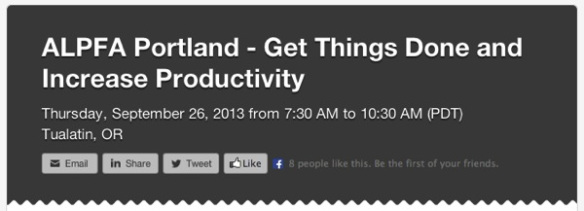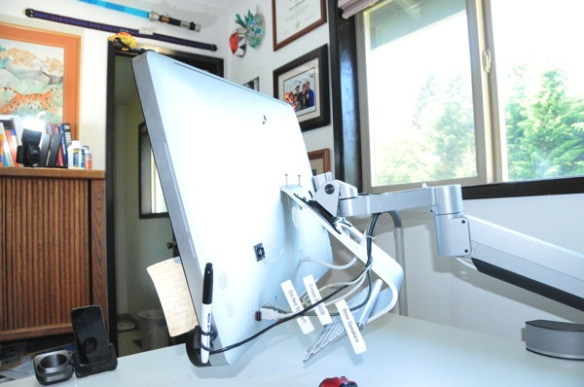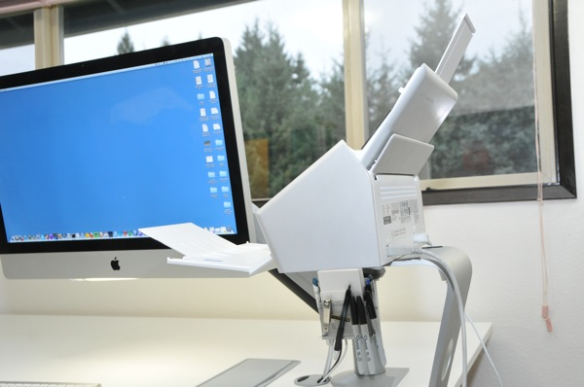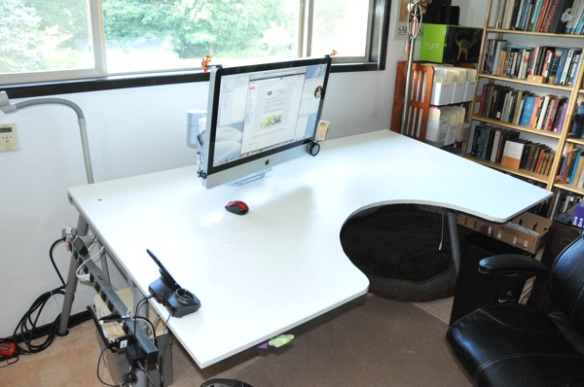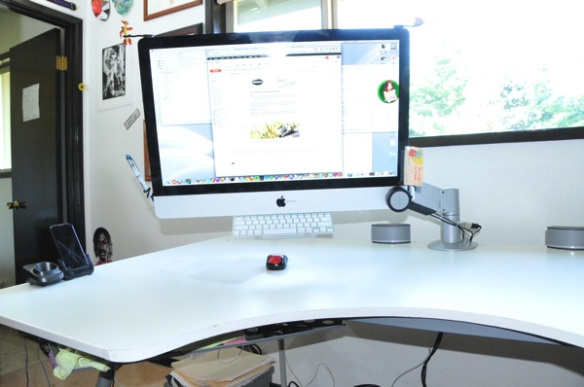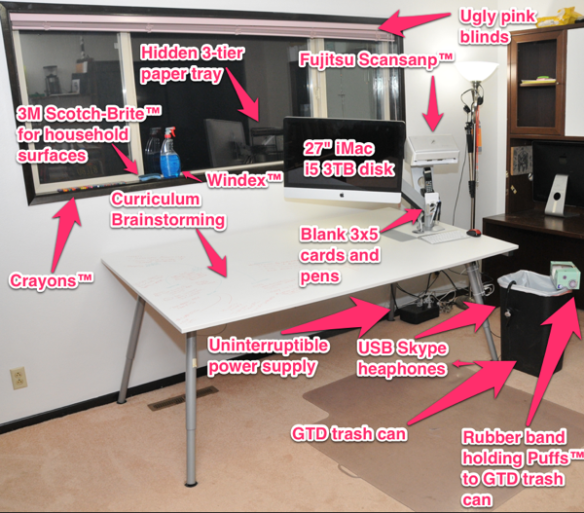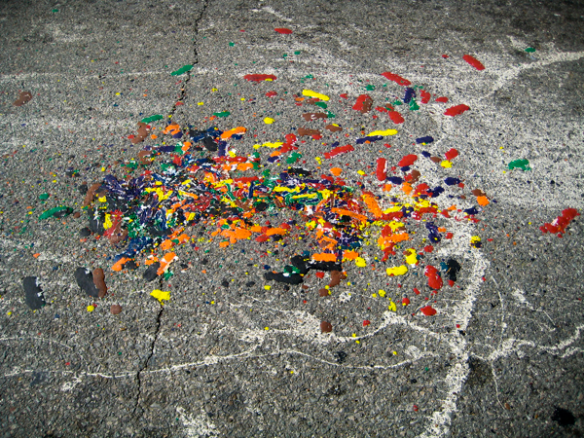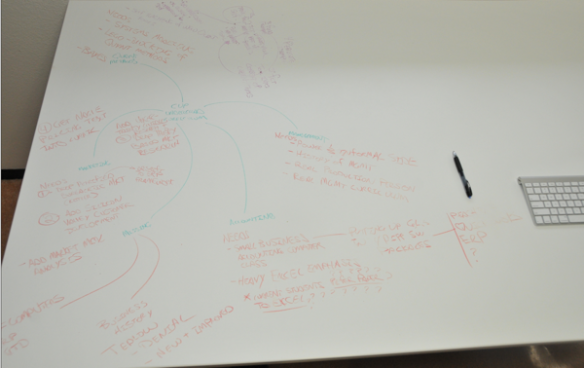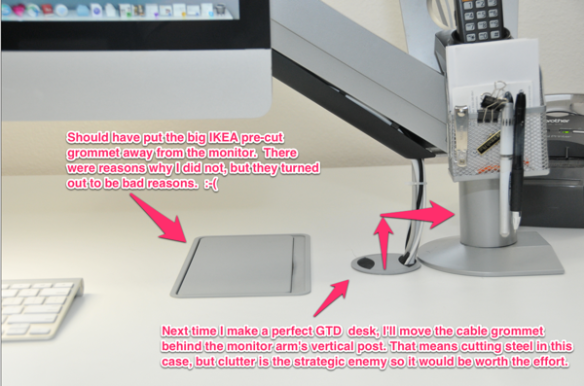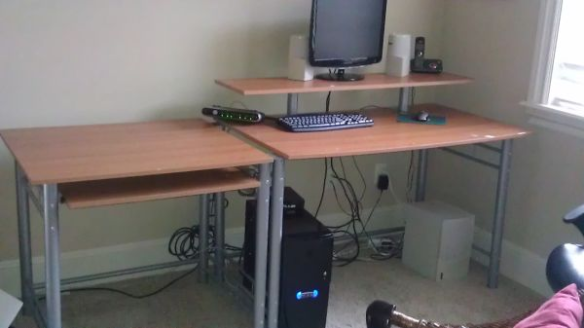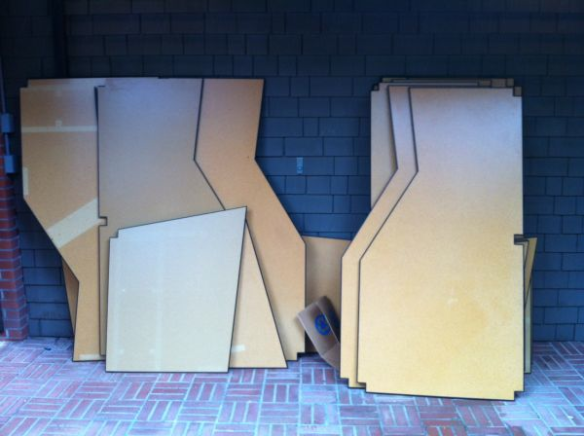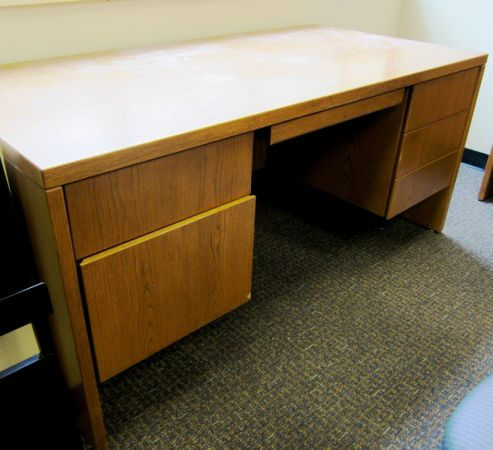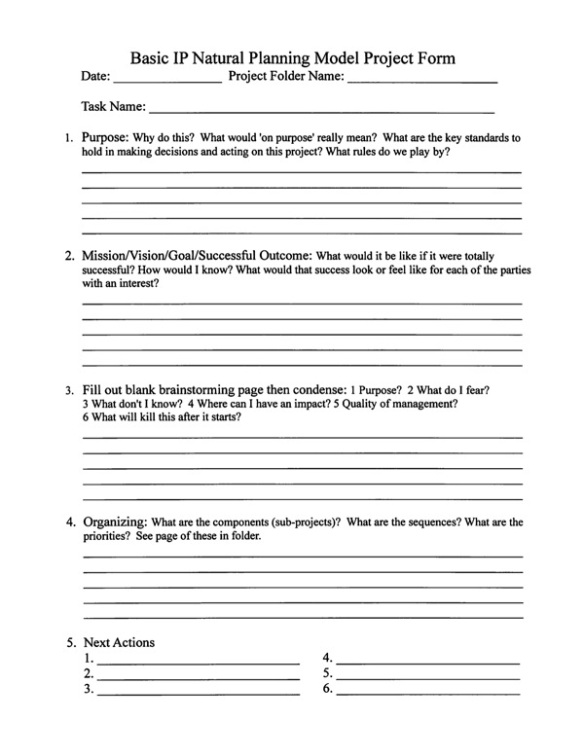Introduction:
This post is part 4 of a discussion that evolved out of the observation that when some GTDers get to InBox-Zero, they get sick immediately after. “InBox-Zero-Disease” is the name we’ve developed for this. The idea of coming up to, but not all the way through InBox-Zero, to avoid InBox-Zero disease sparked a discussion of self-reprogramming to avoid falling off the GTD wagon.
Dave Findlay’s words are in bold left justified. Bill Meade’s responses are not-bold and are indented from left by one tab stop. Hope you enjoy!
From: Bill Meade <[email protected]>
Subject: Re: Thanks for blogging on Restart GTD
Date: November 2, 2012 3:33:54 PM PDT
To: Dave Findlay <[email protected]>
On Oct 30, 2012, at 6:18 PM, Dave Findlay <[email protected]> wrote:
Hi Bill,
Thanks for writing back! I wasn’t expecting a comprehensive reply with an essay like that. You’ve raised some interesting thoughts:
The thoughts come naturally from conversations and sharing. I wish RestartGTD had more sharing (*hint* *hint*). I love it when readers write in and ask questions (*hint* *hint*). I don’t have great answers, but I’m willing to look stupid in order to move my GTD implementation forward.
- When you talk about “beating the world for traffic”, I think of crunchy blogs full of “top ten lists” and 400-word click-bait articles that don’t say anything. I’m so glad restartgtd isn’t one of those.
I’m glad that someone thinks it is *not* one of THOSE BLOGS!!!
- Great advice on avoiding the trigger while capturing most of the benefit. I’ll give that a go — an almost-there weekly review in good health is way better than an immaculate review and being unwell.
Getting to the cuttinge edge of “mind like water” has been a very slowly acquired skill for me. I’m doing a two-step dance between my GTD infrastructure, and how my brain thinks. Gradually, I’m evolving from a sporatic mind-like-water to episodes in GTD flow that are becoming longer. GTD is re-programming that takes time. I advise newbies to GTD to not read chapters 4-end of GTD. Just to get the basic model, and then get reference filing under control. I have not been able to reprogram all of my brain subsystems, at once. So I think one GTD thing is enough to change at a time.
- What we would actually do once we arrived at panic-free work. That’s a fascinating insight. I’d always thought that “If only I could get all this finished …” but I wouldn’t have a clue what to do upon arriving at “finished”, due to the behind-as-normal phenomenon you mentioned. So, we’re conditioned in so many ways to strive for something (getting our work done), and also programmed to self-sabotage our efforts to attain it.
I could really feel the tension between getting my mind cleared, and then allowing old habits to kick in and derail GTD, when I first started trying to implement it. I think our counter GTD habits are school-driven, work-driven, family-driven, competition-driven, to always be on, always having the distilled essence of our genius flow neatly and continuously from our mouths/fingers/pens/keyboards. This perpetual trying harder gets in the way of an optimized evolutionary path of increasing organization.
Insidious! No wonder falling off the GTD bandwagon is so common — it’s like we have to get down deep and rewrite some of our internal scripts before we have a hope of staying on it for any length of time. This, then, might be the real work of sticking with GTD: rewriting the scripts that make you fall off (converting away from being a herd animal, like you mentioned).
*Ding* *ding* *ding* this is the kind of insights that I’m after! Great observation Dave!!!
Yes, we should be talking on RestartGTD about:
• Identifying habits that run us off the GTD wagon.
• Ideas and techniques about how to re-program these habits (i.e., re-write the scripts).
• Philosophical approaches to re-programming. NLP, wack-a-mole, whatever…
Not sure exactly how to do this, other than maybe to approach it obliquely by asking related questions until we reach the AHA! moment, or introducing ourselves to small GTD wins to prove it’s not so scary.
Stopping bad habits is one piece of the puzzle. But I think also, that GTD people should be talking about the trial and error changes we make, and why our brains decide to, or not to, adopt the changes.
For example: I’ve talked before about my initial “cut over” from mess to GTD via putting my entire work and thought life into OmniFocus. After a few days of having my entire world waiting for me when I sat down to my desk, I found that I was avoiding sitting down to my desk. Then, relistening to GTD I *think* I heard Allen say “If you get too organized, your brain will refuse to use your system.” But, I’ve not been able to put my finger on the page number.
Since then, I’ve evolved my GTD system by:
- Cutting 100% back to 8.5×11 paper
- Cutting 100% over to 3×5 cards
- Dropping the use of contexts for task lists
- Adding manila folders in “clumps” (i.e., the Target Totes where I keep related folders)
- Falling REALLY HARD for Salvatore Sanfilippo’s daily, weekly, monthly, task tracking format which I added “eventually” to in lieu of a “someday mabye” bucket. And unlike Salvatore, I don’t use this format in Evernote, instead I’m using it in OmniFocus.
So, I’ve ended up with about a 70% electronic system. My brain didn’t like 100% electronic 3 years ago, however, it is ok with my 70% electronic system today. Over time I feel like my brain has aspects of a pendulum swinging first to 100% elctronic and then when it gets some experiece, swinging back to paper, then settling in to the right of middle.
Fitting new infrastructure tools into our GTD routine is a separate function from re-programming bad habits.
As for Task Zero … I’ve never been there. I’ll have to try it and see what happens, although having now framed it like this, observer bias will probably make it much less interesting.
As I said, I’ve had students email me after. I have friends call me when they were approaching task-zero. Both kinds of email ask me “What should I do.” And I think the answer is reflect on what you are feeling mentally, and if you can, why. This is a great skill taught in INNER PRODUCTIVITY in order to track down reasons for procrastination. I think reflection *might* allow us to drill into why being caught up makes us uncomfortable. And then, to what the source habits of the “always behind” mentality are. This too, we should be talking about on RestartGTD. But again, the conversation is too one sided. Help me out anyone? Please?
- Trying harder as a vestigial function. Haha! It’s true — and we’re in a great place when we realise “trying harder” to handle the constant load of inputs cannot be done. The firehose can’t be switched off, partly because so much stuff is open-ended. You get assigned a project, and nobody has defined what “finished” looks like, so you get all visionary, thinking “I could really go for it and create something world class with this project”, and in so doing we create extra inputs and agreements for ourselves.
In addition to finish-line uncertainty, I’m certain we have too many projects. I know I do. In GTD when I saw that the average person has 100 projects, I had a leap of recognition. But killing projects before they can damage your schedule, energy, and mental work load is a skill I need. Projects are just easier to accurately cull in retrospect once they have starved to death.
Then the lizard brain tries harder and quickly succumbs to overwhelm.
The lizard brain is the “Limbic system” which is at the top of the spinal cord. It is the center of self knowledge and the center of emotion (I remember reading this but can’t think of the cite, forgive me please). Our self knowledge increases reluctantly when we need to learn things about ourselves, that are upsetting. Like “Why my wife divorced me.” 10 years later the realization “I was an asshole to her.”
Does some of this “upsetting=reluctant learning” apply to our understanding of GTD?
- It can be upsetting when you realize how disorganized your life has been.
- It can be upsetting to have to re-negotiate your identity not as a spazmodic participant in your own life, but as an active cause of your own life’s evolution.
- It can be upsetting having to face up to negative criticisms “You would be awesome if you could ever get your mind under control!” we’ve had over our lives. Especially when these criticisms are true.
- You talked about your next GTD challenge being to create a feedback mechanism to help you regulate the amount of work you handle (really, the volume of inputs you choose to address?).
In thinking about this for a couple days, I think there are two issues: First, having a closed loop feedback signal that indicates when I should turn off. For example, not having enough time to exercise would be a good signal for me. Not having enough time to entertain friends. Not having time to spin down. I’ve always taught my kids that “Meades need downtime every day.” but I have not been practicing what I preach.
And in addition to time feedback. I think I need a second feedback signal directly at “sources of escalation.” For example, jobs are always wringer-cranker-uppers. I think I need a bright line in the sand agreement to shut down when the job escalates.
So, when I feel an escalation of stress and work (escalation and stress come hand in hand), I need to stop. Rethink. Move the fulcrum over.
Is work this kind of stressor for you Dave?
That’s tricky. I guess most people (men, especially) don’t find out they’re doing too much until their wife complains they’re never around, or their kids react/rebel, or they develop a chronic health condition. The only way I could think of to regulate that is indirectly, by putting some external speed-limiting measure in place, like the number of hours you choose to work. That might not create a quantifiable feedback signal (“work left over on Friday afternoon” isn’t useful once you’re tackling bigger projects, and several at a time), but it’d lead to intuitive regulation — over time either you have too much to do so you’re forced to cut back, or you feel like you’ve got extra capacity so you look for areas to expand in. I could be oversimplifying.
This is a great example. I’ve always had jobs where I was home at the time the kids got out of school. Then until after dinner when I went back to school to teach in the evening. I could not have raised a small children while working at HP. The norms of “be at your desk, always be in a meeting” were overpowering.
Right now, I’m working on never getting to the point where if Beth calls, I say “I’m sorry, can’t do that, too slammed.” Beth called me on “playing the slammed card” a couple weeks ago, and it was way-useful for me to start attacking the pace at which I’m working.
- Feel free to post the email on your blog. It’d be interesting to see what comes of it. Feel free also to edit for brevity and flow as needed.
You are not the long winded one, … I am. :-)
- There’s only one winery around here, and no Zinfandel that I’m aware of — but some of that is grown a little further south in the Granite Belt region around Stanthorpe. I’m not well versed on fine wines (coffee is my gourmet drug of choice), so you’d be welcome for a visit if you’re in the area. It’d be an education for me.
That is right, Zinfandel likes to be stressed and grow on rocks. Gourmet coffee will work just fine!
Mel-bunn. Hehe, it should be renamed according to tech startup naming conventions: Melbn. Then we’d be pronouncing it right.
LOL thanks for the tip!
Thanks again for the correspondence.
It is a pleasure corresponding about GTD! I hope others (*Hint* RestartGTD readers!) will join in, and that we all benefit from the communion of kindred minds!
bill meade
Warm regards,
Dave
45.585758-122.36446
